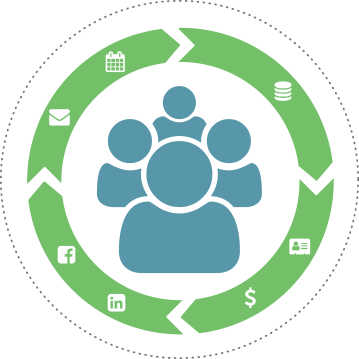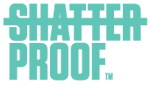
Nonprofit marketers and fundraisers understand the importance of communicating with donors on a personal level. Creating differentiated, personalized and unique communications when asking for support, or providing donors with information they care about, have proven to increase engagement and support donor retention efforts.
The first step to planning personal and targeted communications is understanding your donor “persona.” This can be done through the process of donor segmentation. Below are 5 ways to segment donors to help boost your fundraising efforts.
- Giving Propensity: There are a number of effective ways to segment your donor list, the most common of which is grouping your donors by their giving value (in the form of total donations). Naturally, you will want to provide more in-depth messaging to your most committed donors and perhaps spend more time and budget on those communications, as they offer a high likelihood of return.
- Preferred Giving Channel: Donors tend to have a preference when it comes to how they receive communication. Segmenting donors by the channel they previously made a donation through can help to plan future communications and allocate budgets more effectively, reaching donors where and how they like to hear from you. For example, you can group donors by email communications versus physical mail.
- Interests: Segmenting donors this way helps you understand why donors support your mission. It can also allow you to provide them with information and updates on the areas they care about most.
- Communication Frequency: This segment shows you how often your donors want to receive communications from your organization and can help you plan outreach based on their expectations. Create levels for each segment based on previous interactions and engagements (not just “all or none”). Also note, this method can be applied to various donor cohorts (i.e.: reduce appeals for major and monthly donors).
- Geographic Location: If you have a multi-state presence, consider focusing your communications to the work being done in the donors’ local chapters or programs.
The ways to segment your donor list are virtually endless, if you have the necessary data available.
Segmenting challenges – and the solution
When it comes to create strong segments, I’ve seen firsthand the problem that nonprofits often run into: not enough data (or not the right data). One of the bigger challenges for many nonprofits, including the those I’ve worked with, is having the data needed to effectively segment, as well as the ability to quickly and easily access it. After all, how can one segment donors by channel preference if we don’t know which channel(s) they give and engage through?
Here at Causemo, we understand this problem and have created a solution for nonprofit fundraisers through the Causemo Insights platform. By setting up a free account, fundraisers can load their donor and giving data directly to the secure platform and instantly access easy data visualizations and insights into their donor base.
This includes a complete view of donor demographics and giving trends. The platform also provides multiple views of your donors and donations, helping to uncover opportunities you may not have known you had, powered by our philanthropic data set of over 200 million individuals.
Other data views include:
● Giving levels
● Giving recency & frequency
● Upgrade prospects
● Pre-lapse donors
● Monthly giving prospects
● Channel preference
● Affinity
● Age
● Gender
● Location
● And more…
If you would like to increase the sophistication of your segmenting capabilities -- or are simply looking for an easier way to do so – create a free account today.
Authored by Causemo's Ryan Carpenter:
Ryan Carpenter is the Director of Customer Data Analytics for Causemo, providing strategic guidance and support for our nonprofit partners. He has been in the nonprofit world for many years, previously leading the Engagement & Stewardship team for Top 100 Nonprofit and Year Up, as well as managing Donor Advancement Programs for three of the nation’s leading nonprofits (Feeding America, Wounded Warrior Project and CARE).










